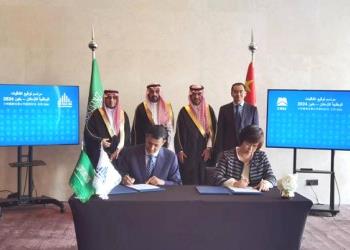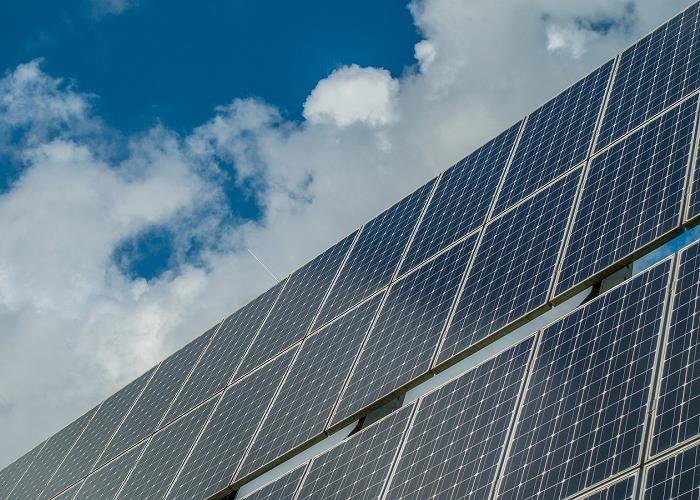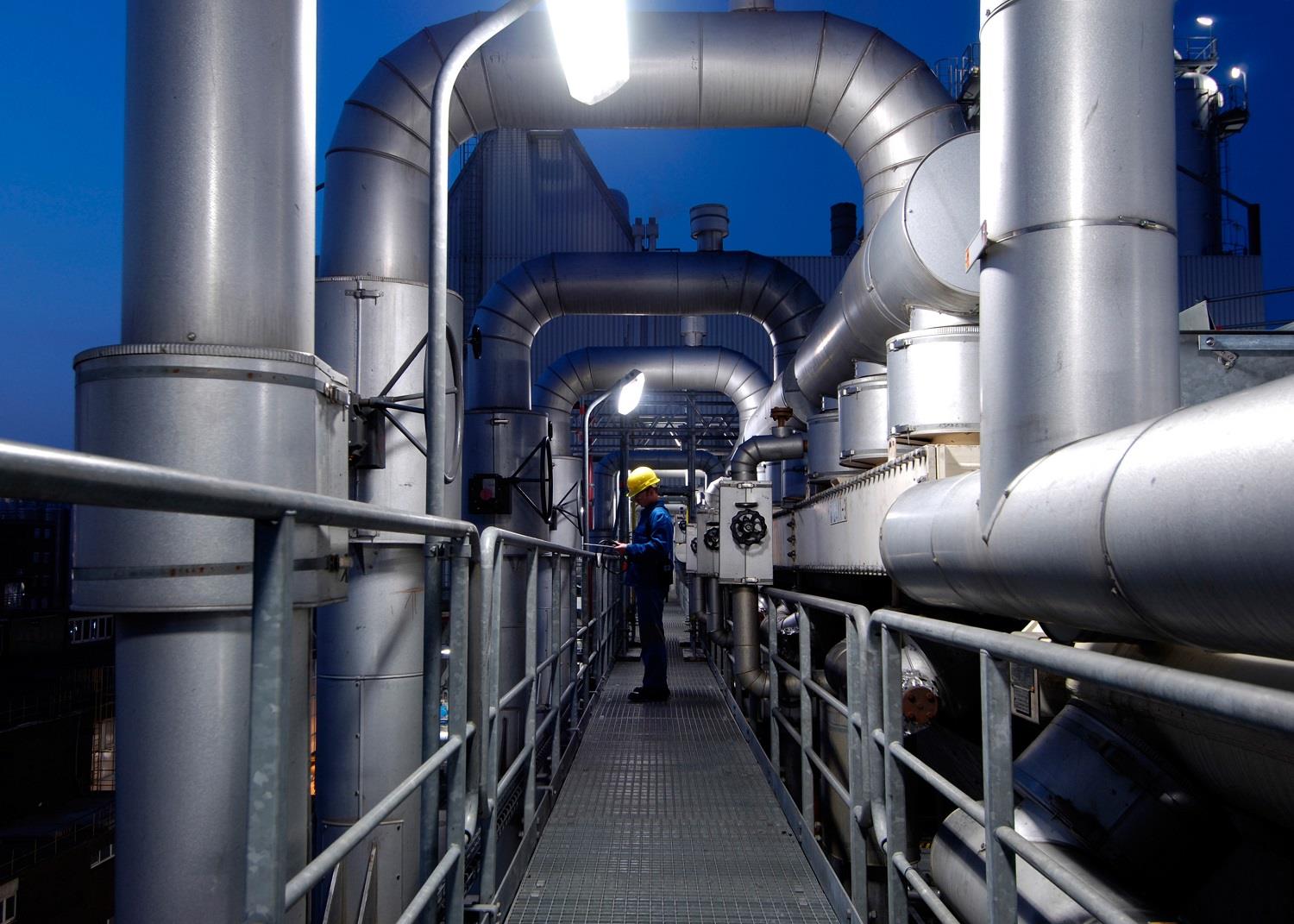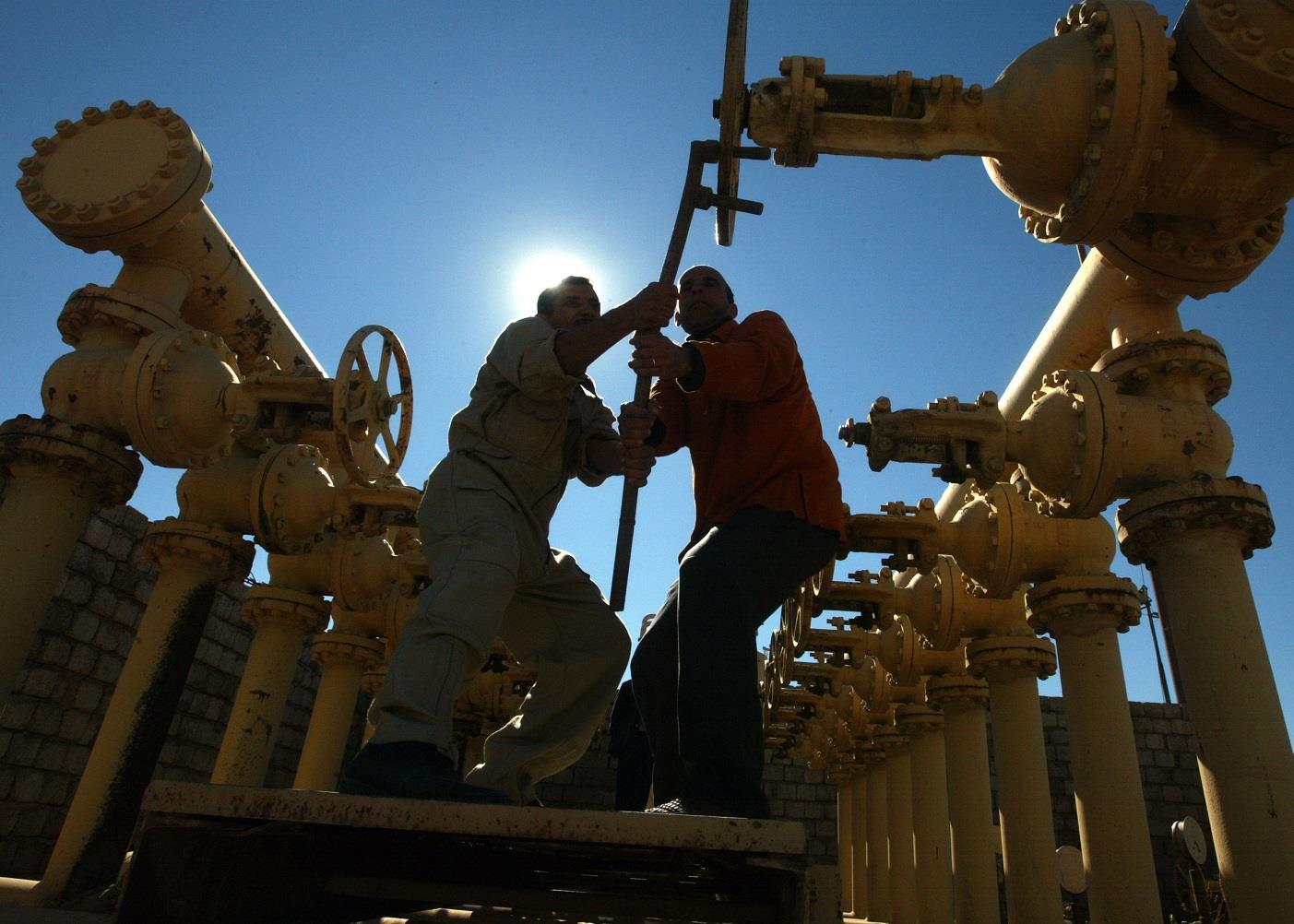
The lifting of sanctions is expected to kick-start a revival in the regions second-largest petrochemicals market
Special Report Contents
Price drop puts strain on GCC petrochemicals
The Gulfs petrochemical sector faces new challenges
Oman bucks the trend with Liwa Plastics
Chinese domestic production to slow down GCC exports
Databank: Petrochemicals production and construction forecast
GPCA: Petrochemicals sector has entered a time of change
Iran has the second largest petrochemicals industry in the Middle East by capacity, after Saudi Arabia. It also has the strongest potential for expansion.
Much like the oil-and-gas-rich GCC countries, Irans petrochemicals sector has grown rapidly over the last two decades, driven by access to plentiful supplies of low-cost gas used as feedstock.
However, Iran has struggled to meet its ambitious production targets due to international sanctions preventing overseas companies from doing business with the Islamic republic, constraining its ability to carry out projects requiring complex technology.
Iran produces about 45 million tonnes a year (t/y) of petrochemicals, although its installed capacity is much higher at 60 million t/y.
| Iran petrochemicals capacity growth | |
|---|---|
| Capacity (million tonnes / year) | |
| 2004 | 18.2 |
| 2005 | 20.4 |
| 2006 | 29.4 |
| 2007 | 38.1 |
| 2008 | 44 |
| 2009 | 49.5 |
| 2010 | 51.1 |
| 2011 | 54.5 |
| 2012 | 57.1 |
| 2013 | 60 |
| Source: ICG Group | |
Operating rates are low due to import restrictions on essential feedstock such as catalysts, additives and specialty polymers, which Iran is unable to manufacture locally and which are vital to the sector.
But the lifting of nuclear-related sanctions, expected in early 2016, is expected to kick-start a revival in the Iranian petrochemicals industry and could see it reaching closer to its full potential.
Whereas its main rival across the Gulf, Saudi Arabia, has its expansion prospects limited by a lack of available gas supplies, Iran has the worlds largest known gas reserves and large volumes of ethane feedstock coming on stream from its offshore South Pars gas field.
With the right infrastructure Iran can utilise its gas reserves to develop heavily export-orientated petrochemicals operations, says Andrew Spiers, Bahrain-based senior vice president at energy and chemicals consultancy Nexant.
One of the challenges in Iran will be infrastructure. Iran has been starved of new equipment and investment for a long period of time, says Spiers. There will be a lead time to get the gas infrastructure in place.
State-owned National Petrochemical Company (NPC), which controls Irans petrochemicals sector, has reportedly already begun talks with international petrochemicals companies about investing in Iran.
This could involve revamping ageing or outdated facilities, reviving projects that have stalled, and building greenfield complexes.
The head of NPC, Abbas Shari Moqaddam, said earlier in 2015 that the governments National Development Fund had committed $5bn to the sector and a further $2.5bn is required to lift production to the 60 million t/y target.
It is estimated that 60 petrochemicals projects are in the execution phase, which when finished would bring capacity to 120 million t/y. However, most of these projects are severely delayed or have stalled.
| Iran petrochemicals exports vs domestic demand | ||
|---|---|---|
| Export ($bn) | Domestic demand ($bn) | |
| 2004 | 5.2 | 4.8 |
| 2005 | 5.2 | 4.9 |
| 2006 | 6 | 6.1 |
| 2007 | 9.5 | 6.4 |
| 2008 | 12.3 | 7.6 |
| 2009 | 14.2 | 7.9 |
| 2010 | 17.9 | 10.5 |
| 2011 | 18.2 | 12 |
| 2012 | 15.8 | 13.3 |
| 2013 | 13 | 15.2 |
| Source: ICG Group | ||
Special economic zones
The majority of Irans petrochemicals operations are located in two special economic zones the Petrochemical Special Economic Zone (Petzone) in Bandar Imam and the Pars Special Economic Zone (Parsee) in Assaluyeh.
NPC signed up international petrochemicals companies to provide technology, expertise and investment into this wave of projects, but at the end of last decade, the sector faced mounting obstacles from US and EU sanctions.
In early 2012, the EU broadened its sanctions on Iran to include the import of oil and petrochemicals, along with the export of related equipment and technology.
Netherlands-based LyondellBasell was one of the first firms to quit Iran in late 2010 to avoid violating US sanctions. Its withdrawal affected the licensing of technology for polyethylene and polypropylene production.
South Africas Sasol exited in 2013, when it offloaded its 50 per cent stake in the Arya Sasol Polymer joint venture, which produces 1 million t/y of ethylene and 300,000 t/y of medium and high-density polyethylene at Assaluyeh.
Sasol had been trying to sell the stake for two years. The firm signed the joint venture agreement with NPC in 2003 and the complex was completed in 2007.
The centrepiece of NPCs expansion was the $7bn-plus West Ethylene Pipeline, which had been mooted for years as a way to create employment opportunities away from the countrys coastal areas, where most of its energy resources are located.
Planned schemes
Eleven downstream petrochemical plants are proposed along the 2,163-kilometre route from Assaluyeh and Bandar Imam on the south coast to Mahabad in the northwest of the country.
The five-part Phase 1 of the pipeline was completed by late 2012 and injection of ethylene into the pipeline was started.
The five-part Phase 3 is thought to be almost complete but it is unclear how close Iran is to completing the final phase of the pipeline.
There are many factors overseas companies must consider before investing in an Iranian petrochemicals project, but the main economic factor will be feedstock prices.
There is a risk premium that you take going into Iran, so people will want feedstock at an attractive enough price to cover that risk premium. That will be a critical factor in how quickly projects are developed, says Spiers.
Project finance may also be an issue, as international banks remain cautious on Iran despite the imminent relaxation of sanctions impacting the countrys financial sector.
The big global petrochemicals companies were keen before the most recent sanctions, and will be in there as quickly as they can, says Spiers. Europeans have a bit of a lead time over the American companies [due to some US sanctions remaining in place] and they will want to make the most of that.
Asian companies including Chinese, Japanese and South Korean producers will also look at Iran with interest. Producers from the latter two countries have long been looking to invest in the Middle East due to the lack for domestic feedstock availability.
Investing in Iran will come with complications, and the current dip in petrochemicals prices make investment decisions more difficult, but it is clear that there are companies willing to reestablish a presence in Iran if the feedstock price is right.
This article is based on the petrochemicals section within MEEDs Opportunity Iran 2015 report. Details on how to buy the full report can be found at buy.meed.com.
You might also like...

UAE firm breaks ground on Kezad food facility
17 May 2024

Chinese firm signs National Housing Company deal
17 May 2024

Two bid for 90-100MW Bahrain solar contract
17 May 2024
A MEED Subscription...
Subscribe or upgrade your current MEED.com package to support your strategic planning with the MENA region’s best source of business information. Proceed to our online shop below to find out more about the features in each package.









